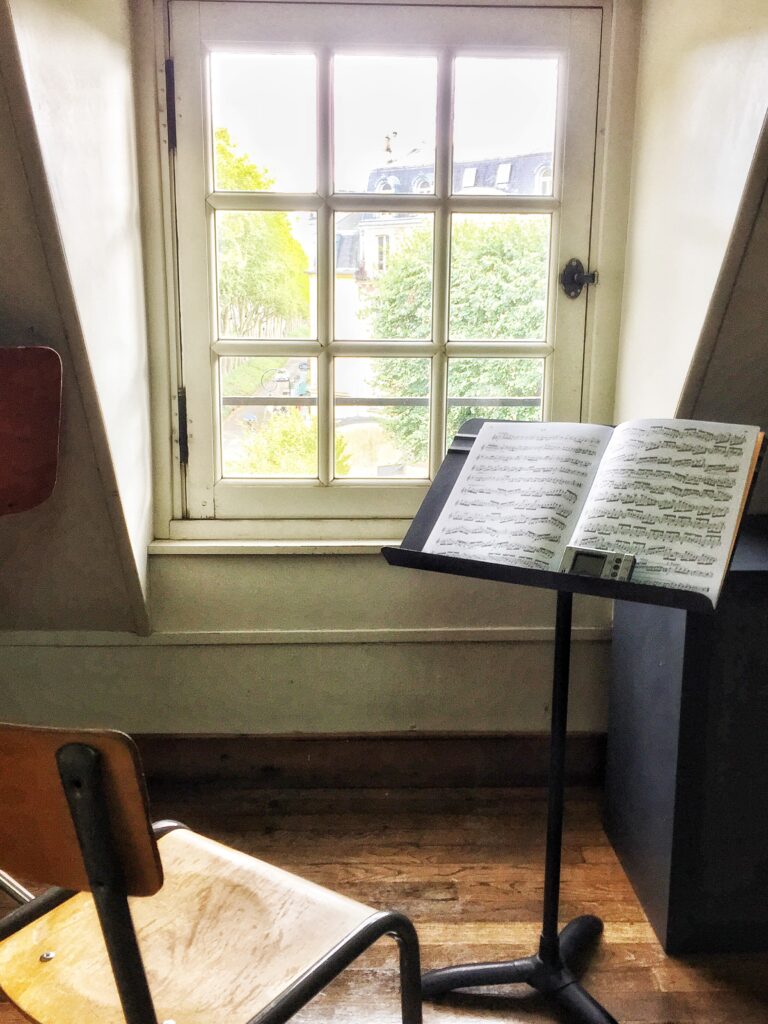The Complete Guide to Getting a Superior at Solo & Ensemble
One of my most popular blog posts ever is my Complete Guide to Making All State, so I thought it’s about time I make a similar guide to help students prepare for Solo & Ensemble.
Solo & Ensemble is a great opportunity for young musicians to perform solos and small chamber ensembles in front of judges to receive ratings and valuable feedback on their performances.
Here’s my advice to receive a Superior rating this year at Solo & Ensemble:
Prepare
- Look at your state’s Solo & Ensemble guidelines to make sure you are familiar with all the rules and details for participating. If you don’t know where to find these, ask your band director for help.
- Select your repertoire. Some states have pre-approved repertoire lists and you are not allowed to play music outside this list. Make sure that your music is approved. If you’re not sure, ask your band director or contact your state’s S&E association directly to confirm. (Pro tip: When selecting repertoire, try to avoid arrangements if you’re looking to learn original music for your instrument. There are countless wonderful arrangements, but these are often not idiomatic for your instrument and can present some challenges. Also, it’s also good to expand your repertoire with original repertoire for your instrument.)
- Take grade levels with a grain of salt. The grade levels (or difficulty ratings) on some states’ S&E lists can be inaccurate. Some list more lyrical works as more difficult than contemporary unaccompanied pieces, along with a multitude of other inconsistencies. Don’t automatically select a piece because of its difficulty level – select it because you enjoy playing it!
- Listen to recordings. You can’t judge a book by its cover, and you shouldn’t judge a piece by its title. (Although tbh I’ve definitely bought some pieces sight unseen if they have imaginative or standout titles.) Make sure to listen to the piece(s) you select to be sure that it’s appropriate for your skill level and timeline for practicing/rehearsing.
- Submit your registration. Make sure you submit all paperwork (or online forms) before the deadline so you don’t have to wait until next year’s S&E to perform! Ask your teacher or band director for any paperwork and deadlines.
- Purchase original scores. Many states prohibit the use of photocopies for S&E, so be sure to order your scores and parts in advance. Allow extra time for pieces arriving from far away.
Practice
- Start early. The biggest mistake I see students make when it comes to S&E is trying to cram-learn music the week (or even the night) before the performance. Give yourself plenty of time to work out any musical challenges and get in a few mock performances (more on that below).
- Schedule rehearsals with your accompanist and/or ensemble. If you’re required to perform with an accompanist, ask your band director or private teacher for their recommendations. Schedule a few rehearsals so you feel poised and prepared during your performance!
- Study the score. Unless you’re performing an unaccompanied piece, you’ll be playing with a pianist and/or other musicians (for ensembles). Be sure you study the score so you know how your part fits into the bigger musical picture. Don’t be afraid to write cues and notes to help you out on your own part!
Perform
- Schedule mock auditions/performances. In the weeks leading up to your S&E performance, schedule several run-throughs and mock performances for your friends, family, band directors, teachers, and anyone else who is willing to listen (bonus points if they can give you constructive feedback). This will be a great opportunity for any feedback, and it will also allow you to become more comfortable performing your music in front of others.
- Recover quickly from mistakes. Everyone makes mistakes, especially during performances! What separates the truly stand-out performers are the ones who can quickly and gracefully recover from their mistakes. Once you play a note it’s gone forever, and this is when your performance practice and mock performances will really come in handy.
- Don’t forget to bow and acknowledge the judges. Some S&E send their scores and comments after the audition, but some will go through these with you immediately after you perform. Be sure to listen carefully to what they have to say, ask any questions you may have, and thank them for their time and expertise.
Repeat
Just like learning a new piece of music, performing is a skill that takes time and practice to develop. The more you practice performing, the better musician you will become. If you don’t receive a Superior, you can always try again next year. Remember that this is only one judge’s opinion, but you should honestly evaluate your performance and how you can improve the most. The best thing you can do is to learn from your mistakes and strategize ways you can do better at your next performance or audition.
I hope this helps. Sending you lots of good luck at your Solo & Ensemble performance!
